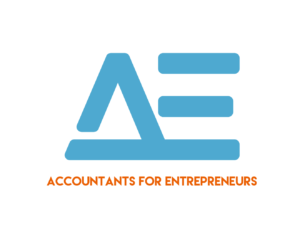
One of the crucial things you need to do when running a business is to ensure that your financial transactions are in check. Why? You need to know how much money is coming into your business, how much you put out, and how much people owe you.
Keeping track of your business’s financial records is extremely important. It gives you an understanding of where your company stands in the marketplace, where you can improve financially, and the next steps you can take to grow your business.
An essential financial record you must have is a chart of accounts. This type of documentation provides an organized breakdown of your company’s transaction during an accounting period. Because many find doing COA work quite taxing, most business owners outsource accounting and tax services to manage their financial needs.
Before having accounting and tax services handle your finances, it pays to know what they’re working on. This way, if a problem should arise, you’ll be able to manage the situation and look for solutions right away. Let’s dive into some common questions people ask about COAs.
What is a Chart of Accounts?
A chart of accounts or COA is an index of all the financial statements, including a list of the accounts in the company’s general ledger.
Depending on the needs of your company, you can create a specific and tailored COA. This will include all your accounts and provide a digestible breakdown of all your company’s transactions during a particular accounting period.
To put it in a nutshell, a COA is a crucial financial, organizational tool that fixes all your finances, giving your interested parties a convenient way to view your company’s financial health.
How Does a Chart of Accounts Work?
As mentioned earlier, businesses use COAs to organize all their finances to provide a digestible breakdown of their financial health to interested parties, such as investors, shareholders, and more.
In the COA, you separate all financial transactions into different subcategories, such as expenditures, revenue, assets, and liabilities. Doing this will help your financial statements comply with specific reporting standards.
The list of accounts are typically displayed in the order it first appears in financial statements. So typically, balance sheet accounts, liabilities, assets, and shareholder’s equity are listed first, followed by income statements, like revenue and expenses.
What are some examples of COA?
The COA is a pretty complex financial report that includes a bunch of categories, subcategories, and sections to help individuals understand the business’s financial health. With that being said, you can break down revenues and expenses into smaller categories like operating revenues, operating expenses, non-operating losses, and non-operating revenues.
Depending on the type of company and organization, there may be a specific COA structure that needs to be adhered to so that expense information is properly compiled for each department. For example, transactions from the sales department will be separated from the engineering department. And the accounting department will have its own set of categories for expenses, such as cost of goods, depreciation expense, utility expense, and payroll.
Are There Special Considerations for COAs?
Again, depending on your company, your COA will differ from other businesses, so it fits and reflects your company’s operations thoroughly. However, you still need to respect the regulations set out by the Financial Accounting Standards Board (FASB) and take note of the generally accepted accounting principles (GAAP).
The Bottom Line: A Chart of Accounts is a Financial Tool that Every Company Needs
Knowing your financial health is extremely important. That’s why setting up a chart of accounts is the best way to get an overview of how your finances flow in and out of your business. Although you can do this on your own, it’s much better to work with professionals and hire accounting and tax services to help create your company’s COA.
How Can We Help
As a business owner — whether you run a big or small business — keeping your finances in check is key to help your business flourish for years. If you think doing financial work is hard, don’t worry — you can rely on us.
A4E can handle all your financial needs, such as books, accounting, and tax services, so you can focus on growing your business. Contact us today to learn more.
